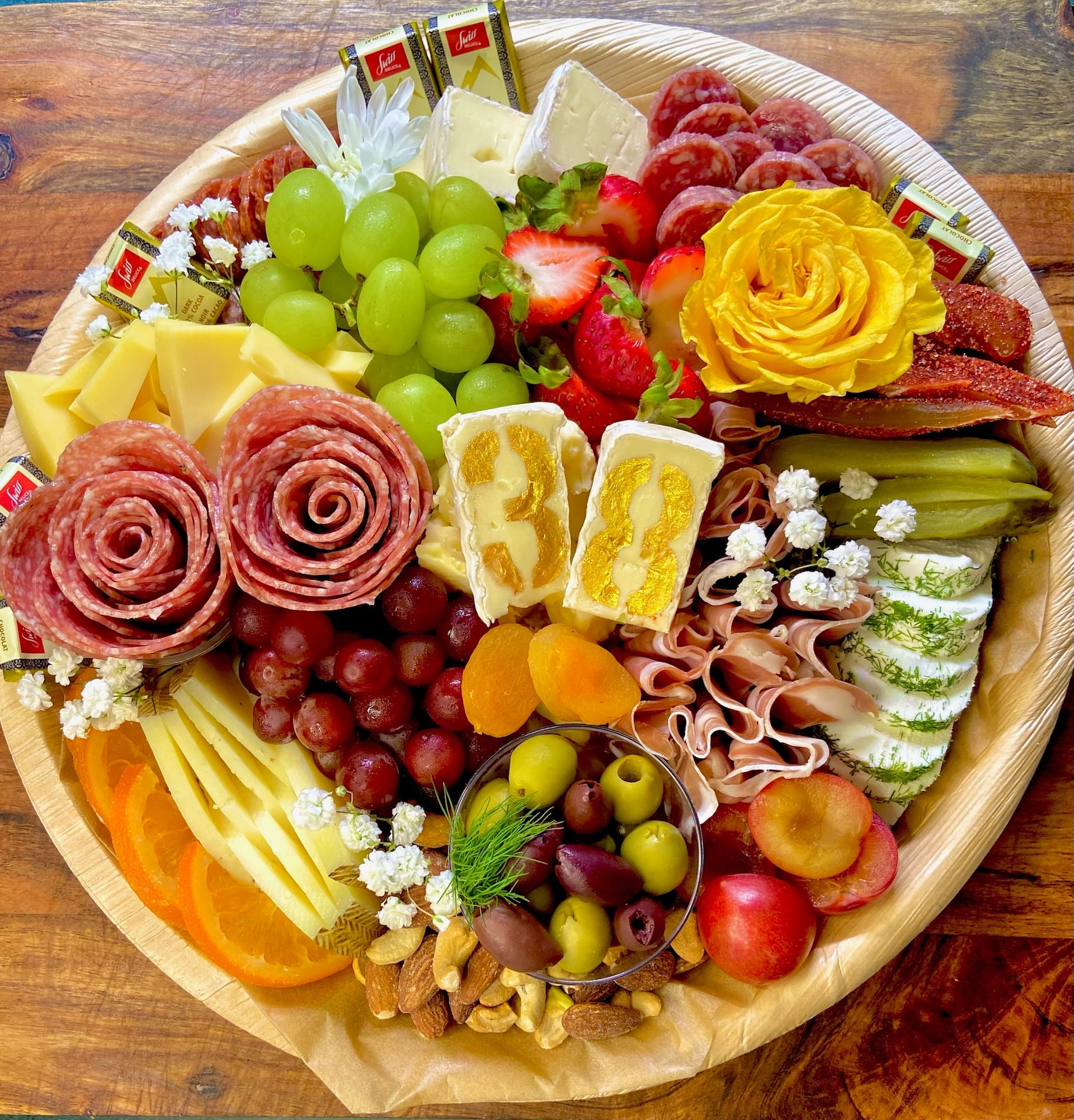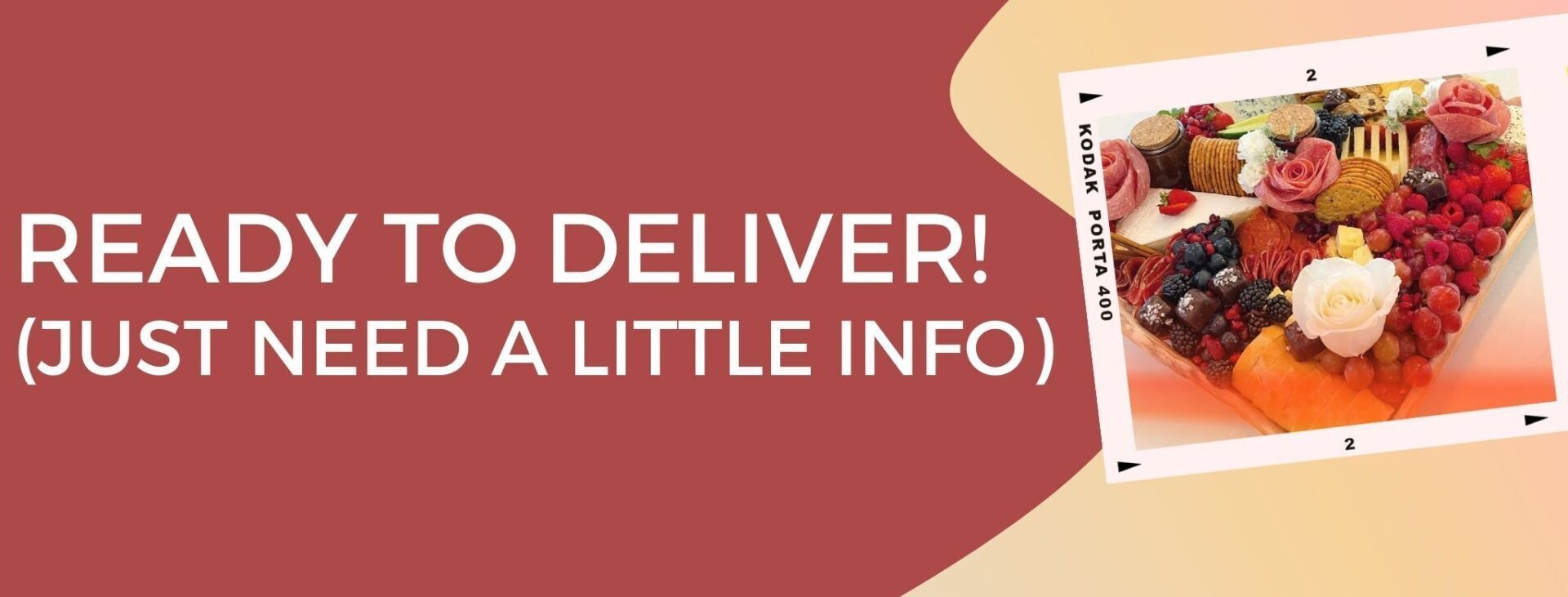Charcuterie FAQs
1. What is the reason charcuterie is so costly?
Why is Charcuterie so Expensive to Buy? Good quality Charcuterie is expensive because of the better animal welfare, higher quality diets, and the use of non-intensive farming methods. The time required to produce a quality charcuterie can be more like years or months rather than weeks or days.
2. What is the cost average for making a charcuterie platter?
The price of making a charcuterie platter will depend on the dimensions of the board as well as the ingredients you pick. According to KitchenSeer, a cheeseboard is typically priced between $50-$150, however, you may be able to keep the costs at a lower level, say $30.
3. How can you deliver a charcuterie board for a dinner party?
If you're transferring the board, particularly if you don't plan to eat it in several hours, be sure you put your board into a cooler fitted with an Ice pack. You'll want to keep the meat and cheese particularly as chilled as possible during transportation.
4. What is the earliest date before a party can you prepare a charcuterie platter?
You can prepare the entire platter or the cheese and meat in advance. It is possible to do this up to 24 hours prior to it being ready, provided that it is covered and refrigerated prior to the time.
5. Do you have the ability to make a charcuterie plate the night prior to an event?
A charcuterie platter is an excellent make-ahead snack. Except for the fresh fruit that is cut into slices all the ingredients can be prepared and placed on the board prior to time. Cover the board with plastic wrap and place it in the refrigerator for up to 24 hours in advance of time.
6. How do people Transport charcuterie boards?
Slices of cheese and cured meats in sealed containers and Tupperware. Cover the containers with lids and bowls to serve sauces and dips. Separate soft from crunchy or hard foods to ensure that they don't mix in transport (have distinct containers sealed with bags to separate them!)
7. What size of a charcuterie platter will I require for 20 guests?
The medium cheese board can serve about 9 people as an appetizer that is hearty as well as up to 15 guests for a light and refreshing appetizer (a couple of bites per person). The large cheese board serves about 12 people as an appetizer that is hearty or 20 to 20 people for a light snack (a couple of bites for each person).
8. Are charcuterie boards sanitary?
A food scientist Karen Blakeslee says foods associated with boards of charcuterie are safe for you to eat as long as you follow the most common food safety guidelines.
9. How do you make a charcuterie platter within a budget?
Make use of less expensive items: Pretzels, baguettes, basic cheeses, pepperoni and grapes, apples, and almonds are among the cheapest ingredients that you can buy for your charcuterie plate. Make sure to balance the platter by adding a few more extravagant items but use these as your main ingredients to keep costs in check.
10. How long can vacuum-packed Charcuterie last?
Food code reference permits longevity of vacuum-packed, cured, and cooked meats for up to 30 days
11. How many cheeses are needed on a charcuterie platter?
A wonderful charcuterie plate provides guests with a variety of flavors and textures. If you are looking for cheese, it is selecting between 4 and 6 different varieties that provide a wide range of flavors for the taste buds.
12. Do you want to cut cheese for your charcuterie board in the evening prior?
If you cut your cheeses in advance make sure you prepare your dish at least one day prior to serving. Place your pre-cut cheeses on the shelves in your Cheese Grotto and store them in the refrigerator for at least 12 hours. Then remove it and bring everything back to temperatures at room temperature about two hours prior to the time you want to serve.
13. What are the three kinds of charcuterie?
Charcuterie encompasses a variety of meat preparations by definition, but three popular kinds that are Interesting to point out:
1. Cured Meats: These are meats that have been preserved through salting, smoking, or drying. Examples include prosciutto, salami, and chorizo.
2. Pâtés and Terrines: Both are often made with ground meat and fat minced into a spreadable paste. Pâtés are generally smoother, while terrines are more rustic and chunky.
3. Sausages: These are ground meats that are seasoned and encased in a skin. They can be either cooked, smoked, or air-dried.
Why is charcuterie so expensive?
Fair question! Because it's so good?
Charcuterie can be costly due to several factors, especially in Denver where artisanal and local products are highly valued:
- Quality of Ingredients: Premium meats that are grass-fed or free-range and without additives are more expensive.
- Aging Process: Cured meats require controlled environments and can take anywhere from months to years to age, adding to the cost.
- Artisanal Preparation: Many charcuterie items are made using traditional methods that require skilled labor, which can drive up prices.
Does Costco sell charcuterie boards?
Yes, Costco locations in Denver offer a selection of pre-assembled charcuterie boards, especially around holiday seasons or in select locations year-round. These boards typically feature a variety of meats, cheeses, and accompaniments. However, for those seeking local or specially tailored options, local delis and specialty stores may offer more customized choices.
How do you eat charcuterie etiquette?
Enjoying a charcuterie board follows a few simple etiquettes to enhance the experience:
- Use Utensils: Always use the provided utensils to handle the foods on the board to keep it hygienic.
- Portion Appropriately: Take small portions at a time to ensure all guests can enjoy the variety.
- Pair Thoughtfully: Experiment with different combinations of meats, cheeses, and accompaniments like bread and fruits to fully appreciate the range of flavors.
- Mind the Order: Start with milder flavors and move towards stronger, more aged meats and cheeses as you progress.
These guidelines ensure that everyone can enjoy the communal and delicious experience of a charcuterie board in Denver.

